Mali
Things to Do
Réserve de Douentza
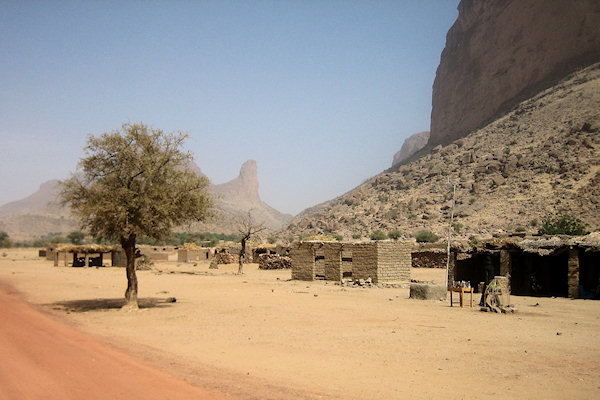 |
|||||
Réserve de Douentza; it is the land south of the Niger Bend in the centre of Mali
- in parts Sahelian, in others mountainous, with lakes, ponds and, at the right time of year, elephants.
These elephants are something of a contradiction in a country where the wildlife has been hunted so
mercilessly. Cohabitation with the human population has been the key to their survival - and, indeed,
their popularity. The elephants play an important role in the daily struggle for survival in this hars
Sahelian environment; they trample down vegetation, clearing paths for local herders and their cattle,
in exchange for which they're spared the hunters' rifles.
However, this balance between man and nature is precarious. As bulldozers, the elephants are welcome;
but when they start to destroy gardes and eat food intended for human consumption, questions - and rifles -
are raised.
In short, the futher of the elephants is uncertain.
Hombori
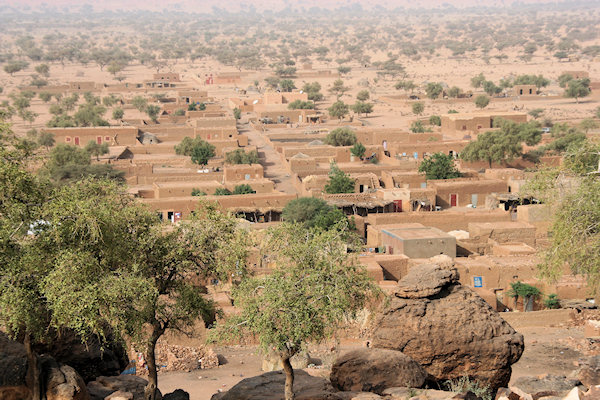 |
|||||
Hombori itself is not an unattractive town and is surounded on all sides by the Hombori
Mountains, the highest range in Mali. The one - and perhaps the only - thing to do here is climb
rocks.
The highest peak is Hombori Tondo (1.155m), which is one of the easier mountains to climb. It takes
about four hours to reach the top; two hours walking and two hours climbing. The flat summit covers an
area of about 2 km and is inhabited by monkeys and other typical forest animals and birds.
The most famous rock formation in the Hombori mountains is Gami Tondo or the Main de Fatma
(Fatma's hand).It is a distinctive rock formation, which, at certain angles, looks like a human hand.
Fombori
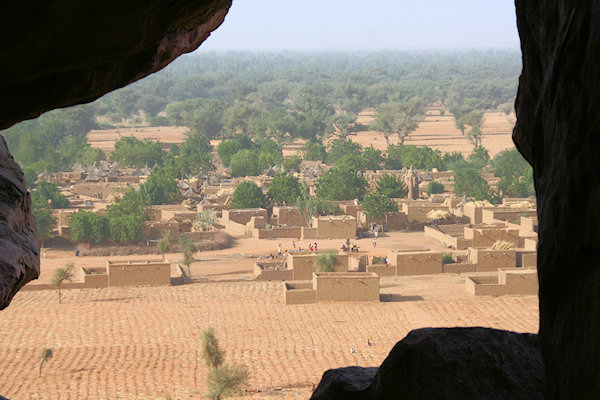 |
|||||
Fombori could be described as a characteristic Dogon village, and the villagers are hospitable
and friendly. Apart from the banco houses, the granaries and labyrinth-like maze of alleys, there
is a small mud-built mosque which you can visit.
The Musée Dogon de Fombori is open daily, which in real terms means that someone will open the
door for you once the key has been collected. The exhibition is an wonderful hotchpotch of artefacts
belonging to local people, who receive some money in return for allowing their items to be diplayed.
Teriya Bugu
The Hut of Friendship (Teriya Bugu in the Bamanan language) was born after the meeting, in the mid 1960s between Father Bernard Vespieren, a missionary converted to assist rural development and a bambara fisherman, Lamine Samake.
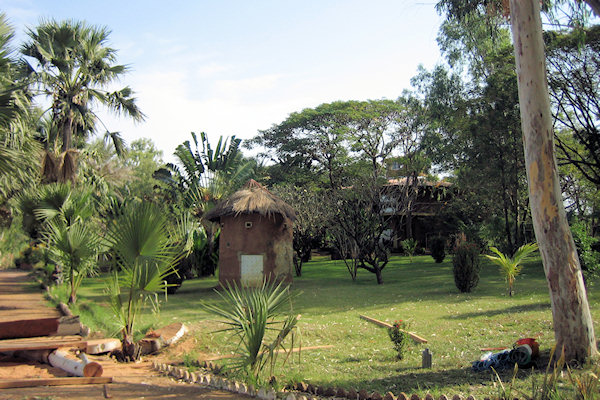 |
|||||
Father Bernard Verspieren was born in North of France in 1924. Passionate with agriculture, he
graduated from the agriculture school of Purpan in southern France before going into the Catholic Church
and joining the White Fathers, the Society of Missionaries of Africa at age 19. After four years at a
seminary, he was ordained priest in Carthage in 1950 then left for Mali, called French Sudan at the time.
The Father settled in Teriya Bugu at the beginning of the 1980’s. True builder at heart, he left
a precious legacy to Mali : a test platform of renewable energies, including solar panels, windpumps,
biogas; orchards, field crops, cattle. He demonstrated what can be done in Mali with water, will and
love…
At Teriya Bugu, they believe in a positive evolution in the world of tourism: respectful to the
environment but mostly to the men and women of the host country; a sort off tourism that pushes for
an exchange and a mean to better communication and comprehension between people, helping the local people
to become front row actors in their field.
The benefits (for example a local school) makes the local people to believe this project can work.
There are different activities to do in Teriya Bugu
Guided tour, witch will discover the various micro-projects of agricultural development,
such as the honey-production. The bees produce excellent honey from eucalyptus and is sold all the
way to Bamako.
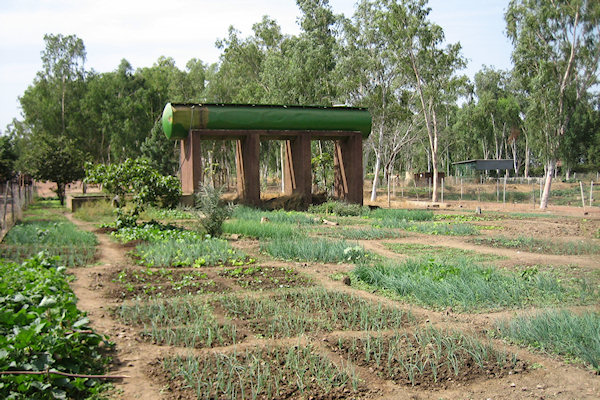 |
|||||
Museum of Father Bernard Verspieren The museum is devoted to Malian culture and to the life
of Father Bernard Verspieren. The musical instruments, fabrics, and artifacts come from the many various
Malian ethnics groups: Bambara, Dogon, Tuareg... As a tribute to Father Bernard and his work, a part of
the museum recalls the great stages of his life and his achievements in Mali.
Agricultural Activities Mangos, citrus and banana are mainly produced for own needs and the
surpluses are sold on local markets or go to local tradesmen. There are 2 beekeepers, who take care of
140 hives. The bees produce excellent honey from eucalyptus and is sold all the way to Bamako.
Bird-watching You can see more than a hundred different species of bird in the area of Teriya Bugu.
If you take time and have good eyes you will surely see most of them.